HENRY A. GIROUX’s book
The Terror of the Unforeseen analyzes the conditions that have enabled and led to Donald Trump’s rule and the consequences of that rule, that have ushered in an authoritarian version of capitalism. Giroux provides a realistic analysis that holds out the hope that, through collective efforts, change is possible and democracy can be saved.
There is an intellectual debate on whether or not the power wielded by the likes of Trump, Nigel Farage, Marine Le Pen, Viktor Orbán, Matteo Salvini, Geert Wilders, Heinz-Christian Strache, or Jörg Meuthen and Alexander Gauland constitutes fascism. Some analysts — such as Noam Chomsky, Neil Faulkner, John Bellamy Foster, Robert Kagan, Gáspar Miklós Tamás, and Enzo Traverso — speak of
creeping fascism,
new fascism, or
post-fascism. They find both continuities and discontinuities between the classical forms of fascism in Italy and Germany and these contemporary right-wing politicians. Representatives of this position hold that Trump is not Hitler, but stress certain similarities between the two.
Others — including Wendy Brown, Nancy Fraser, Roger Griffin, Chantal Mouffe, Cas Mudde, Robert Paxton, David Renton, and Slavoj Žižek — argue that it is an exaggeration to characterize Trump and other contemporary demagogues as fascists. They prefer terms such as
the new authoritarianism,
libertarian authoritarianism,
reactionary neoliberalism,
right-wing populism,
the populist radical right, or
demagoguery on behalf of oligarchy. They see Trump as dangerous, but stress that his authoritarianism is quite different from classical fascism and Hitler.
Giroux takes the first position. He speaks of “the new form of fascism updated under the Trump administration” and “an updated American version of fascism of which Trump is both symptom and endpoint.” He argues that Trump does not use storm troopers and gas chambers, but divisive language, language that is itself a form of violent action. Fascism is not uniform, but dynamic and therefore takes on variegated forms in different historical and societal contexts. For Giroux, Trump constitutes the rise of
neoliberal fascism and the culmination of a long history of authoritarianism that includes historical moments such as the oppression of Native Americans, slavery, US imperialism, torture, and extrajudicial detention and imprisonment (Guantánamo). One of the backgrounds to Trump’s rise is the culture of fear since 9/11, but another is neoliberalism’s dismantling of public education, critical reason, and radical imagination that represents a “full-scale attack on thoughtful reasoning.”
Fascism can exist at the level of individual character, ideology, institutions, or society as a whole, but fascism on one of these levels is a necessary foundation but not a sufficient condition for fascism on the next. Erich Fromm and Theodor W. Adorno argued that the authoritarian, sadomasochistic, necrophilic personality was the psychological foundation of fascism. But the existence of political leaders with fascist characters, even if they communicate fascist ideology, does not automatically imply the existence of a fascist society. For a fascist society to come into existence, these leaders need to call forth collective political practices that result in the full institutionalization of authoritarianism.
In his essay “Anxiety and Politics,” Frankfurt School critical theorist Franz Neumann specifies conditions necessary for the emergence of a fascist society. They include political crises, the alienation of labor, destructive competition, social alienation that threatens certain social groups, political alienation, and the institutionalization of fascist practices, such as collective political anxiety, propaganda and terror, persecutory nationalism, political scapegoating, and xenophobia. A condition that needs to be added to Neumann’s list is the weakness of the political left, beset by rivalries, internal trench wars, factions, splintering, isolation, and orthodoxy, and its frequent miscalculation of the actual dangers of the political situation it is facing —in the Weimar Republic, the Communist Party of Germany did not consider the Nazis, but the Social Democrats as their main enemy. Stalinist Communists characterized the Social Democratic Party of Germany as “social fascism” and believed German capitalism would automatically collapse after Hitler’s rise to power.
Many observers agree that today we find leaders with an authoritarian personality and ideology in a significant number of countries and that there are conditions in these places that can lead to fascist regimes. But the claim that countries such as the United States have become fascist societies goes too far. In a fully fascist society, there is no rule of law and the political opposition and other identified enemies are imprisoned or killed by the exercise of terror. A fascist society is a political Behemoth. Trumpism poses a very negative development, and perhaps has the potential to fully develop into a fascist political economic system — especially if the opposition cannot establish an alternative — but there is still a difference between Trump’s character structure and policies and the total character of US society.
A key contribution of Giroux’s book is the creation of the notion of
neoliberal fascism for characterizing the contemporary negativity of politics. But he also uses terms such as
populist authoritarianism,
American authoritarianism,
authoritarian populism,
right-wing populism, and
inverted totalitarianism. These terms are vague and create more confusion than elucidation. Both
totalitarianism and
populism can be used for arguing against both socialism and the far right; both, some argue, are threats to democratic societies. For example, Jan-Werner Müller writes in his book
What is Populism? that populism is “a danger to democracy” and that Trump and Sanders are “both populists, with one on the right and the other on the left.” Such theorizations often end up in the legitimation of what Tariq Ali calls the “extreme center” of neoliberal ideology, which in action has the material effect of managing the state solely for the benefit of the wealthy.
¤
In
The Road to Serfdom, the leading neoliberal theorist and ideologue Friedrich A. Hayek claims that socialism and fascism are “inseparable manifestations of what in theory we call collectivism.” He claims that both do not “recognize autonomous spheres in which the ends of the individuals are supreme.” As a consequence, Hayek rejects the notions of the “common good” and the “general interest.” He argues that only a neoliberal society, where society and its institutions are organized as markets and are based on the commodity form and capital accumulation, can secure democracy and freedom. Augusto Pinochet’s neoliberal, military, fascist regime in Chile already showed in the 1970s how mistaken it was to assume that capitalism spontaneously brings about and provides the foundation for democracy. And in the more than 45 years since Pinochet’s coup d’état in 1973, the rise of new authoritarian forms of capitalism have shown repeatedly that Hayek was wrong.
Trump’s plan to build a wall at the US-Mexican border and the resulting government shutdowns aimed at forcing through this project, the travel ban for citizens from majority-Muslim countries, the separation of children from families at the border, his racist attacks on socialist congresswomen, his attempt to dismantle the legal protection of Dreamers from deportation — these are all examples of the ideologically motivated cruelties of the Trump regime and what Giroux (following Rob Nixon) terms
slow violence. Over time, an accumulation of such cruelties can reach a tipping point where the current system is devastated and democracy abolished.
Neoliberal fascism, Giroux writes, is a formation “in which the principles and practices of a fascist past and neoliberal present have merged,” and which connects “the worst dimensions and excesses of gangster capitalism with the fascist ideals of white nationalism and racial supremacy associated with the horrors of the [fascist] past.” Giroux reminds us of Horkheimer and Adorno’s insights that liberalism and capitalism have inherent fascist potential, that fascism is a terroristic version of capitalism, that fascist potential has not ceased to exist after the end of World War II, and that “whoever is not willing to talk about capitalism should also keep quiet about fascism” (Horkheimer).
Trumpist policies favor the rich and US corporations, advance an economic version of Social Darwinism, with all-out competition ensuring that only the most powerful survive and the rest face precarity, debt, and ruin. Trumpism tries to compensate for the social void created by this neoliberal individualism by fostering what we can call
repressive collectivism, and which, as the present author suggests, can be analyzed at three levels — economic, political, and ideological.
On the level of political economy, repressive collectivism is organized as an antagonism between austerity and precarity, which is used to advance protectionist policies that favor the interests of US capital.
At the level of politics and the state, deregulation, privatization, and commodification give wide freedoms to corporations while policing the poor, promoting law-and-order politics, and instituting progressively more draconian racist immigration policies.
At the level of ideology and culture, we find a combination of hyper-consumerist, narcissistic individualism, the cult of leadership, and nationalism. Under repressive collectivism, nationalism promotes the idea of the unity of US capital and US labor and advances the racist and xenophobic scapegoating of immigrants, refugees, people of color, Muslims, and foreigners.
¤
The conjuncture of neoliberalism and right-wing authoritarianism has brought to the fore an emotional, ideological anti-intellectualism, which impedes any discussion of socialist ideas and ideologically justifies and cements capitalism. Thus, the billionaire capitalist Donald Trump can successfully pretend to be a working-class hero. Right-wing authoritarians often appeal to the working class by displaying crude manners, showing a proletarian habitus, and using simple, dichotomous language. But in reality, of course, these ideologues oppose the interests of the working class. When in power, they often implement laws that give tax breaks to corporations and the rich and harm the working class by dismantling the redistributive effects of the welfare state and public services. Trump signifies the rise of the one percent’s
direct rule of the state.
Giroux writes that “fascism begins not with violence, police assaults, or mass killings, but with language.” One of Trump’s infamous, but typical tweets reads: “The FAKE NEWS Media […] is not my enemy, it is the enemy of the American People!” Dismissing all criticism as “fake news,” he identifies his person with the American people, and labels any criticism of him as anti-American. Trump’s political anger and authoritarian character replace reason by ideology, facts by fiction, rationality by emotionality, truth by lies, complexity by simplicity, objectivity by prejudice and hate. His combination of anti-socialism, nationalism, and racism were evident recently when he tweeted that Alexandria Ocasio-Cortez, Ilhan Omar, Ayanna Pressley, and Rashida Tlaib are “a bunch of communists” who “are Anti-America” and should “go back and help fix the totally broken and crime infested places from which they came.” Such political communication is not best characterized as post-truth politics, but as propaganda that tries to create false consciousness by simplification, dissimulation, manipulation, diversion, and outright lies. In this context, Giroux argues that we do not live in a post-truth world but in a “pre-truth world where the truth has yet to arrive.”
The Cambridge Analytica scandal has shown how the far right uses data breaches, online data collection, and targeted ads for trying to manipulate elections. “Alt-right” platforms such as
Breitbart,
InfoWars,
Daily Caller,
Philosophia Perennis,
Unzensuriert,
Westmonster, and the rest are projects that spread distortion, false news, and far-right conspiracies. Bots have partly automated the creation of political online attention, and it has become difficult to discern whether humans or machines are creating online content and attention. The culture of false news is one of the factors of Trump’s political success.
As I argued in
Digital Demagogue: Authoritarian Capitalism in the Age of Trump and Twitter, Twitter and Trump are a match made in heaven. Trump uses first-person singular pronouns much more frequently than first-person plural pronouns, which is an indication of the narcissistic character structure that Erich Fromm argues is prone to engage in destruction for the sake of destruction. Twitter’s me-centered, narcissistic medium invites the authoritarian political communication Giroux characterizes as a show of evil banality: “Trump’s infantile production of Twitter storms transforms politics into spectacularized theater” — Twitter spectacles that are part of a culture of spectacle deeply ingrained in the capitalist tabloid culture that has turned political debate into superficial, personalized, high-speed events that lack the time and depth needed for exploring the complexities of antagonistic societies. In political television debates, candidates are asked to give answers in less than 30 seconds. The capitalist culture of speed, superficiality, tabloidization, and personalization is part of the apparatus that has enabled Trump the spectacle.
The liberal media and Trump have a love/hate relationship. Although these media are some of Trump’s fiercest critics, they helped create him. The Tyndall Report found that in 2015, Donald Trump received 23.4 times as much coverage in evening television newscasts as Bernie Sanders. The capitalist mainstream media are in a symbiotic and symmetrical relation to the political spectacle Trump. The capitalist media require Trump just like Trump requires the capitalist media.
When Trump took to Twitter to call Kim Darroch “a very stupid guy” and the “wacky Ambassador that the UK foisted upon the United States,”
The New York Times immediately ran a story titled “UK Envoy’s Leaked Views Inspire More Insults in Trump Tweets.” No matter how silly or insulting, Trump’s tweets are what the mainstream media talk about. The liberal media thereby do not deconstruct Trump but help construct him, giving him the constant public attention that he instrumentalizes for his own political aims.
¤
Henry Giroux’s book takes inspiration from teachers who strike against terrible working conditions and young people who protest against racism, police violence, student debt, and sexual violence and stand up for gun control, peace, environmental protection, social security, equality, and prison abolition. He argues for a broad protest movement that forms a “united front” against neoliberal fascism, brings together the multiple interrelated issues, interests, and struggles, and “connects the dots among diverse forms of oppression.”
Giroux also stresses the importance of critical pedagogy as a central intellectual weapon in the struggle against neoliberal fascism. Developing “critical consciousness” helps form “knowledgeable citizens who have a passion for public affairs”:
Revitalizing a progressive agenda should be addressed as part of broader social movement capable of reimagining a radical democracy in which public values matter, the ethical imagination flourishes, and justice is viewed as an ongoing struggle. In a time of dystopian nightmares, an alternative future is only possible if we can imagine the unimaginable and think otherwise in order to act otherwise.
Giroux argues that driving back authoritarianism requires informed citizens, critical thinking, deliberative inquiry, a culture of questioning, dialogue, debate, and thoughtful action, cultural production, and at a minimum requires that we provide secure jobs for teachers.
A revival of the public sphere depends on the creation of new debate and news formats run on public service internet platforms and platform cooperatives, new formats that challenge the dominance of Fox News, CNN, YouTube, Twitter, and Facebook in the organization of political communication. In order to save democracy, we need to reinvent communication so that digital tabloids and digital capitalism are replaced by digital public exchange and the digital commons. Challenging authoritarianism today requires the remaking of political culture and a radical reconstruction of the political economy of the media and the internet. Arguing for such change in this decisive moment for the future of US democracy, Henry Giroux’s book is an important contribution to the development of the intellectual tools needed in the anti-fascist struggle for 21st-century democratic socialism.
¤
August 12, 2019 • 
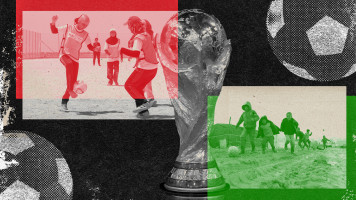
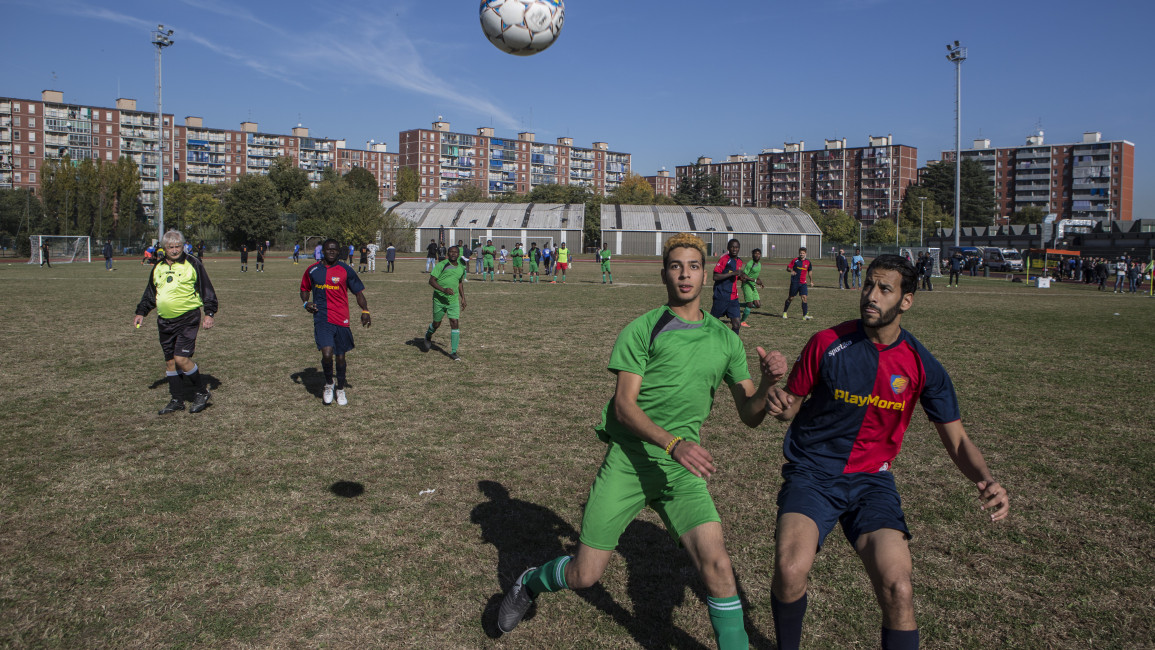
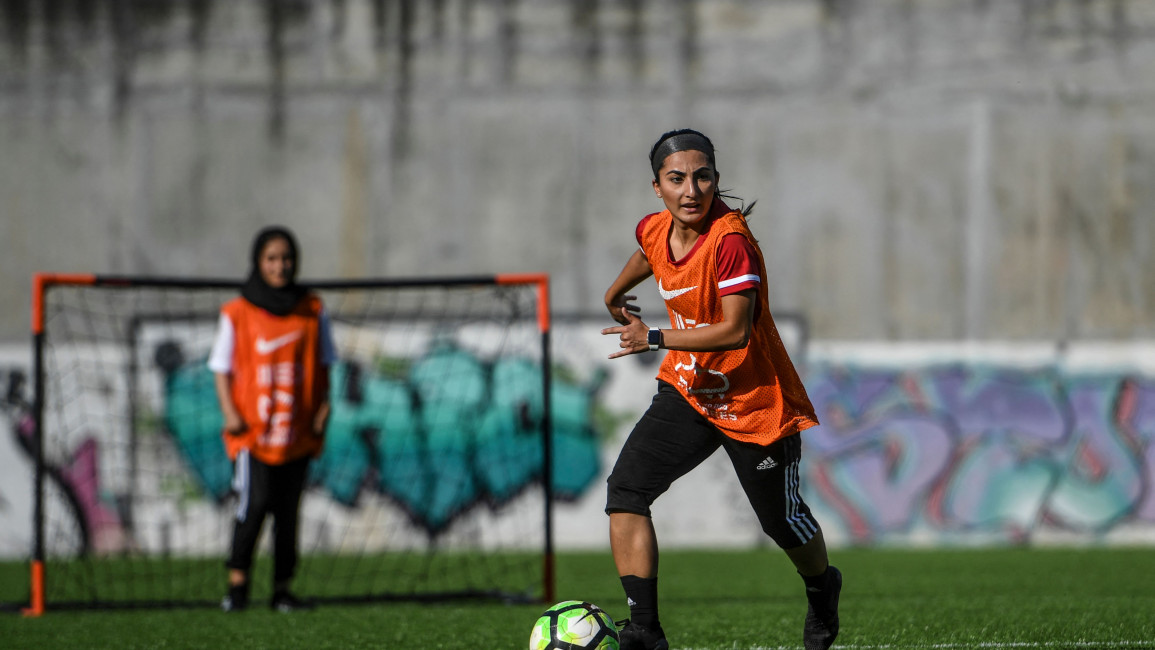

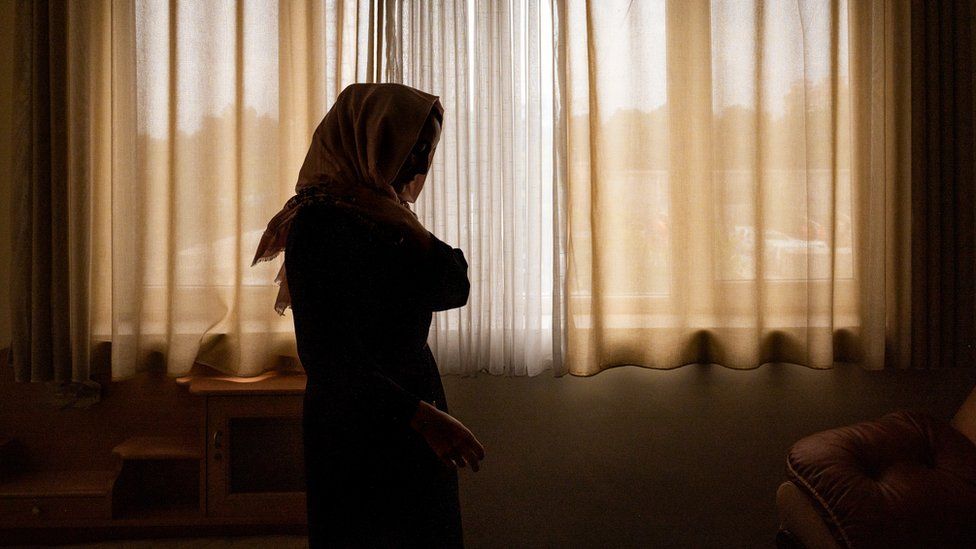
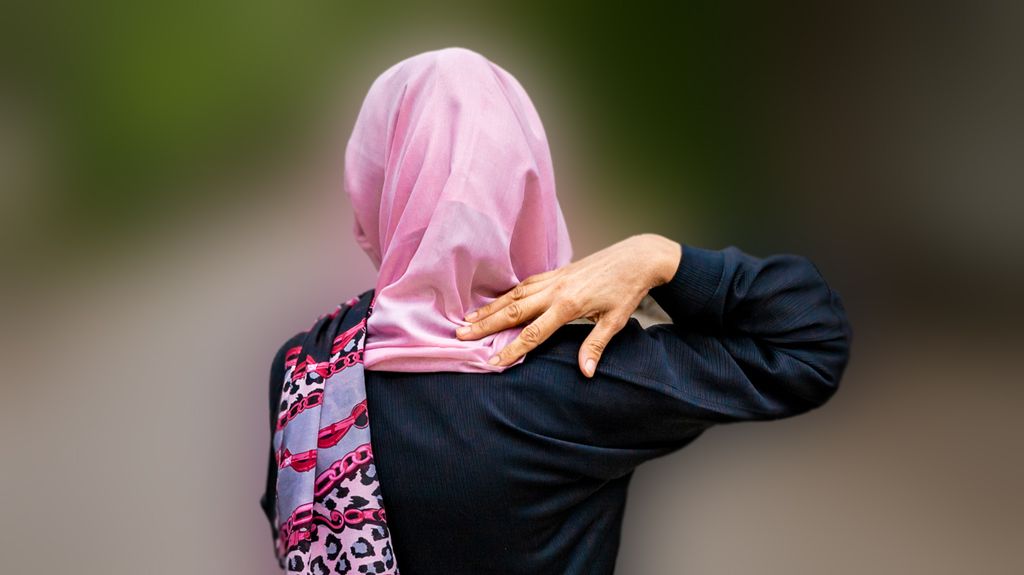
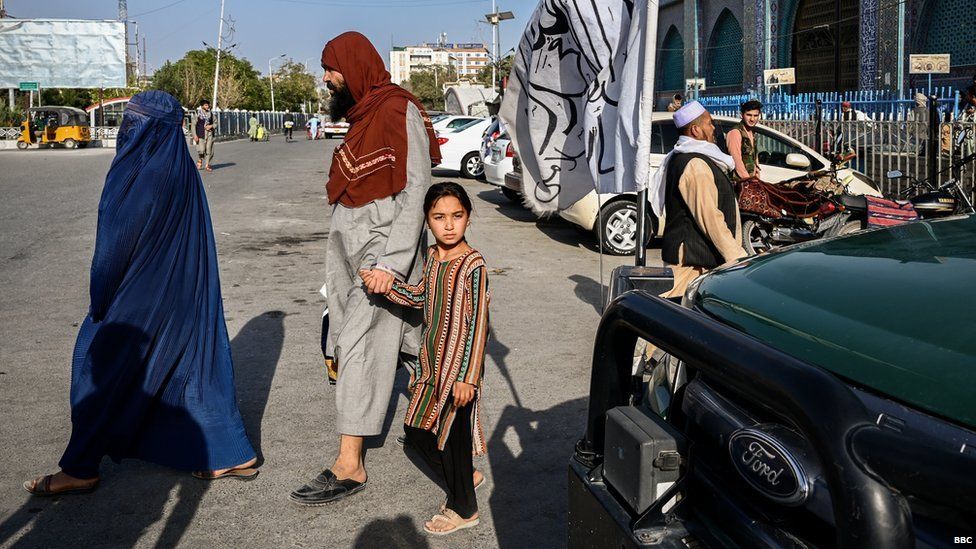

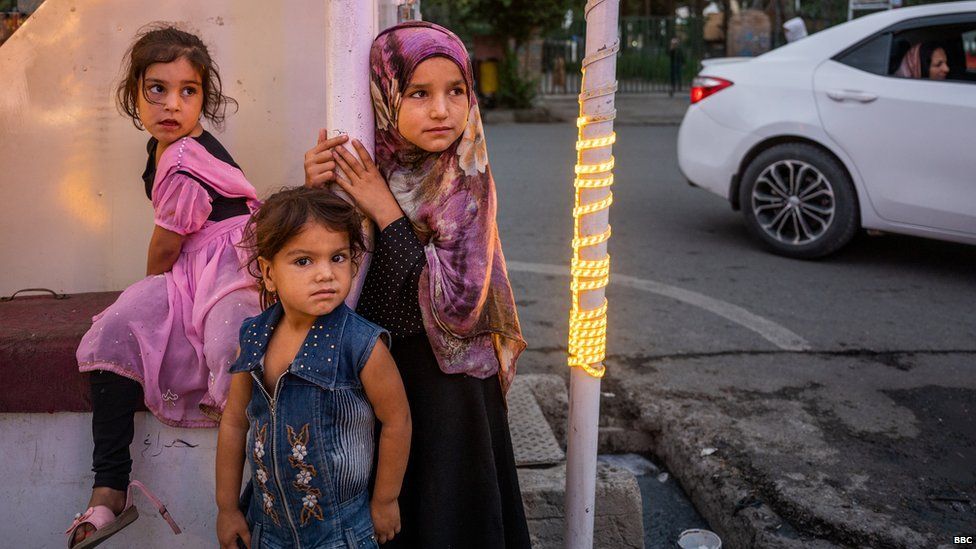
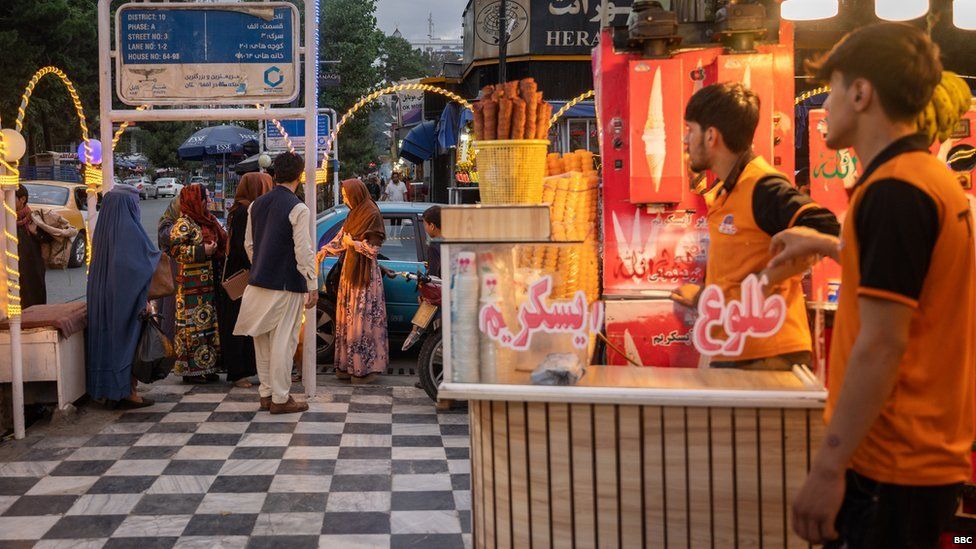


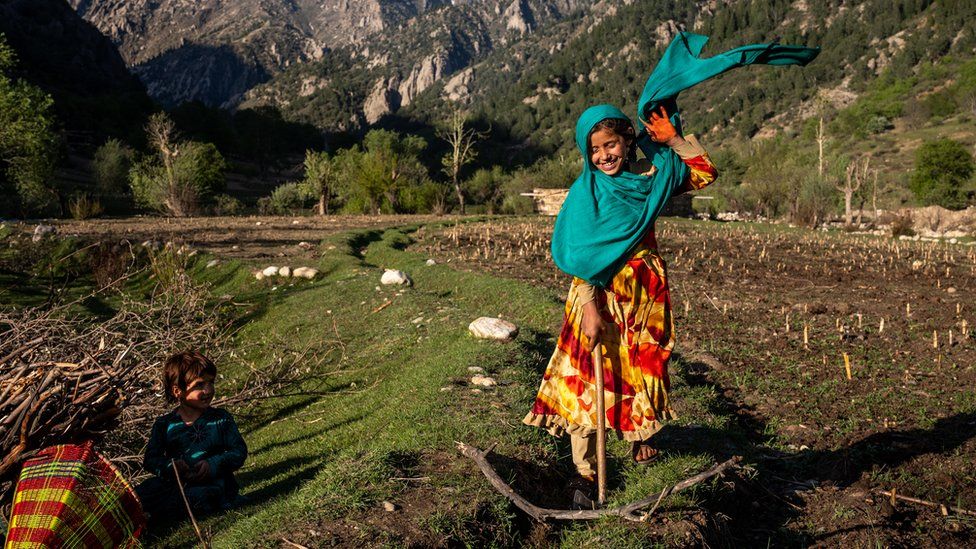
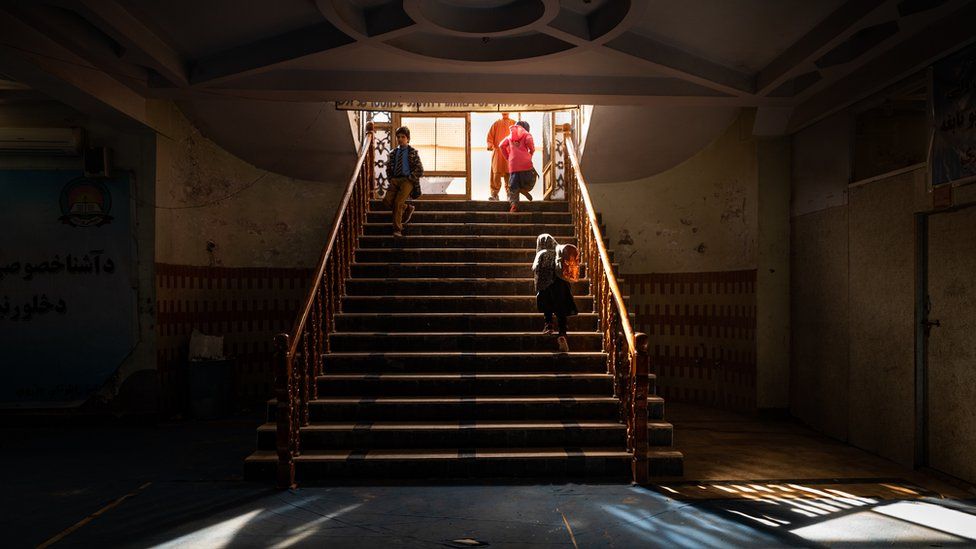
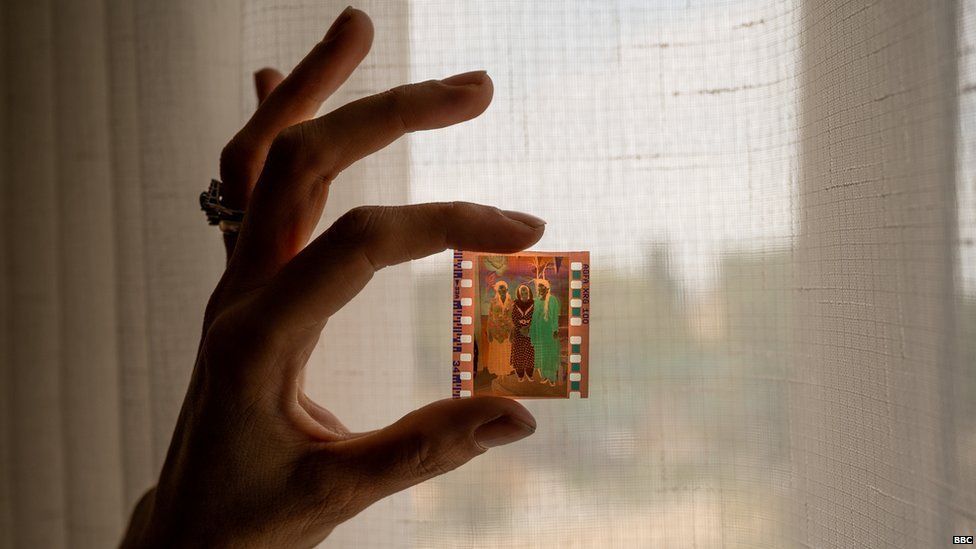

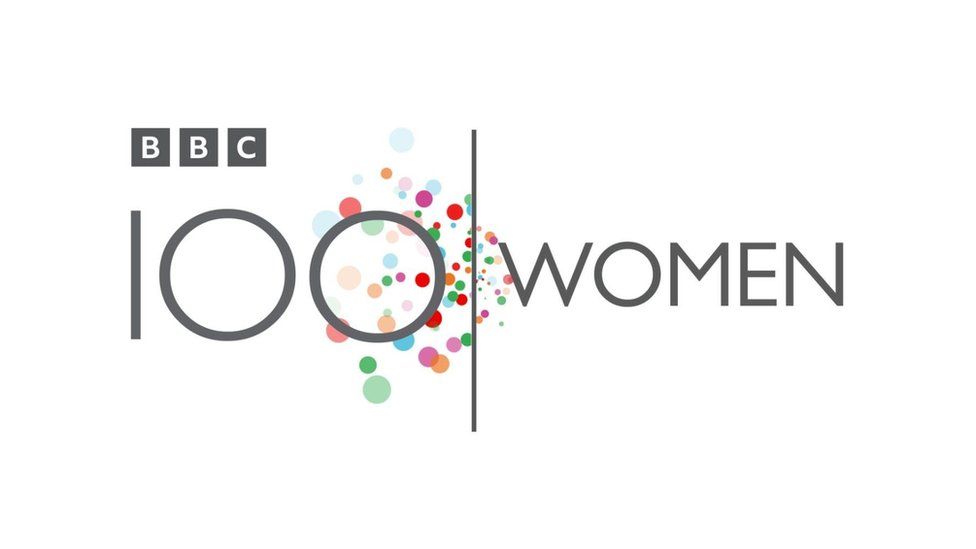
/https%3A%2F%2Fdev.lareviewofbooks.org%2Fwp-content%2Fuploads%2F2019%2F08%2Fterroroftheunforeseen.png)